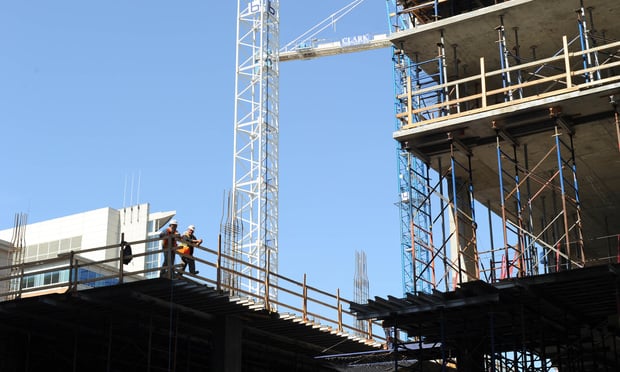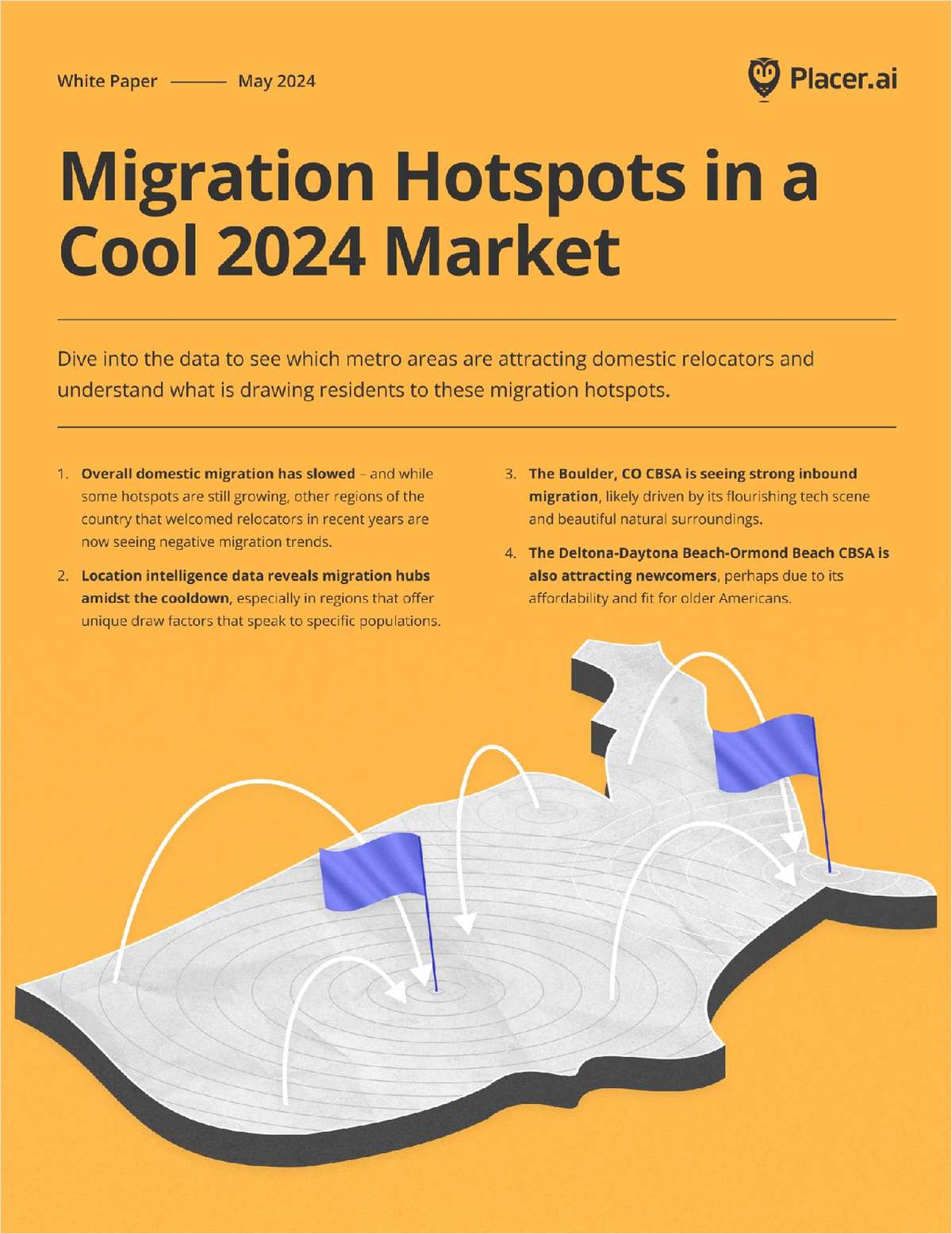As a visible and audible barrier to the waterfront, however, theAlaskan Way viaduct is hard to forget. As a result, State officialsare studying ways to improve or eliminate the structure.Legislators included money for the study in the current statebudget to address growing concerns about the viaduct's stabilityand its effect on growth in the city's core.Today, the stateTransportation Commission will be briefed on the study's progress.When it is completed in mid-2002, the document is supposed to showwhether the span should be retrofitted, replaced or simply torndown.
Up for discussion today are several possibilities, includingsimply tearing down the viaduct, without replacing it, at a costestimated at $118 million in a 1996 study; retrofitting it so itcould better withstand earthquakes, at a cost of nearly $344million; building a new, more earthquake-resistant span, for $530million; building ramps to a new or retrofitted viaduct to link itto Mercer and Spokane streets; and finding ways to increase itstraffic-handling capacity, or to re-route traffic if it isclosed.
The viaduct, opened to traffic in 1953, extends more than twomiles from the Battery Street Tunnel to South Holgate Street,forming one of the busiest stretches of state Route 99. The viaductand the highway were the main north-south route through the citybefore Interstate 5 was built in the 1960s, and is still a favoriteroute for West Seattle commuters.
Continue Reading for Free
Register and gain access to:
- Breaking commercial real estate news and analysis, on-site and via our newsletters and custom alerts
- Educational webcasts, white papers, and ebooks from industry thought leaders
- Critical coverage of the property casualty insurance and financial advisory markets on our other ALM sites, PropertyCasualty360 and ThinkAdvisor
*May exclude premium content
Already have an account?
Sign In Now
© 2024 ALM Global, LLC, All Rights Reserved. Request academic re-use from www.copyright.com. All other uses, submit a request to [email protected]. For more information visit Asset & Logo Licensing.








